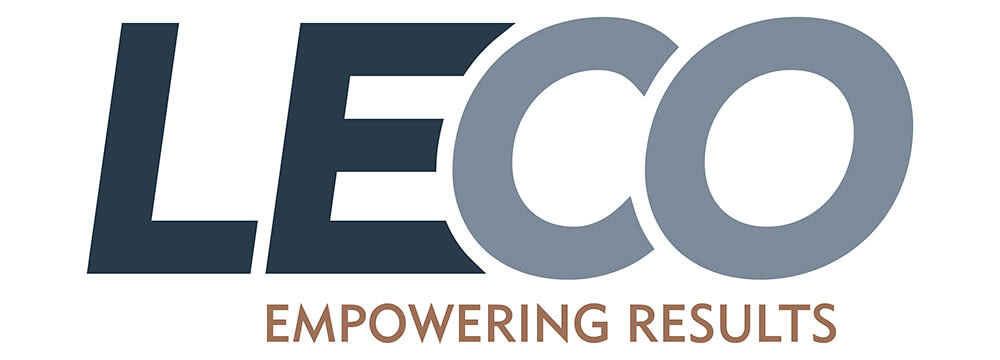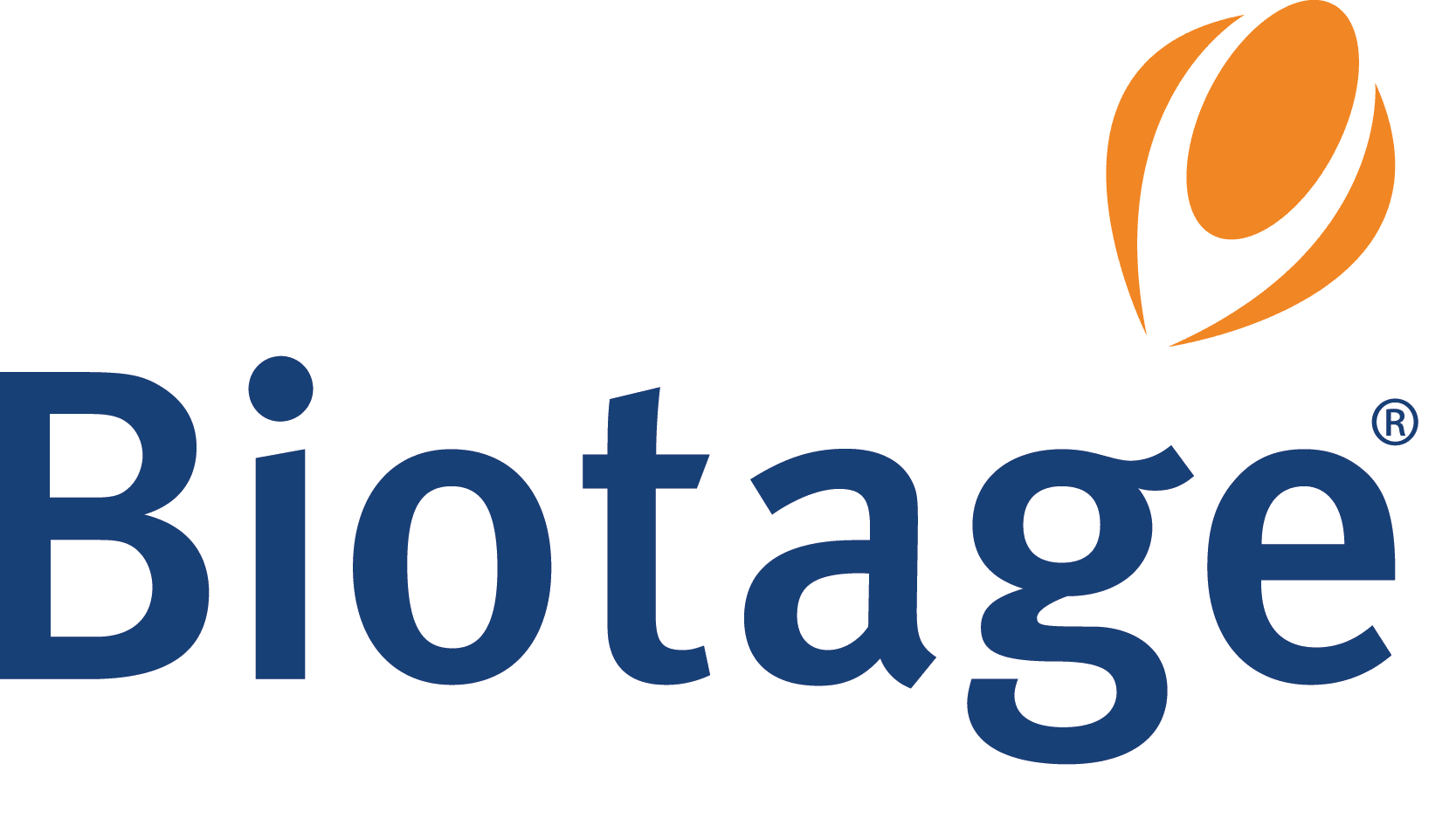Introduction
The "COMPARE" feature, available in the Data Processing Method of ChromaTOF , is a single point calibration curve generated from a "Reference" sample, used to compare the Reference sample against a target sample. In this application note, the COMPARE feature will be used to compare two different samples of beer analyzed by SBSEGCxGC- TOFMS. The objective is to identify variations in twenty targeted compounds between the two samples. The Reference sample is of beer stored cold. The other sample is of the same beer that had been stored at an elevated temperature. For the remainder of this work, the sample from which the reference standard is made will be referred to as the "Reference" and the sample being compared to the reference standard will be called the "Sample".

Instruments and Methods
In this study, measurements were made with a LECO Pegasus 4D GCxGC-TOFMS system. This system consists of an Agilent 6890 gas chromatograph equipped with a LECO dual-jet thermal modulator between the primary and secondary columns and a LECO Pegasus IV Time-of- Flight Mass Spectrometer (TOFMS) as a detector. For this study, the primary analytical column was a GERSTELMACH LTM 10.0 m x 0.18 mm ID x 0.20 μm df Rtx-5. The secondary column was a 1.00 m x 0.10 mm ID x 0.10 μm df DB-17ms and was housed in the GC oven. The temperature program for the LTM started at 30 C held for 2 minutes then ramped at 4 C/minute to 230 C and then held for 10 minutes. The column temperature offset for this study was +20 C. The modulator temperature offset for this study was +25 C. Helium was used as the carrier gas at a corrected constant flow of 1.5 mL/minute. The transfer line to the TOFMS consisted of the last 20 cm of the analytical column and was kept at 280 C. Aliquots of 10 mL were prepared from each sample. The aliquots were placed in 10 mL headspace vials, each containing a 10 mm x 0.5 mm GERSTEL PDMS stir bar and extracted on a stir plate at 900 rpm and 25°C for 120 minutes. Upon completion of the extraction, the stir bar was removed, rinsed with DI water and placed in a GERSTEL Twister Desorption Unit (TDU) tube for analysis. The tube containing the stir bar is loaded into the TDU and the GERSTEL Cooled Inlet System (CIS 4) is cooled. The TDU is then heated, and the analytes are desorbed from the stir bar. The analytes are then trapped in the cooled CIS 4. The CIS 4 is then heated to desorb the analytes onto theGC column. The TDU was operated in splitless mode. Its initial temperature was 20 C and was held at this temperature for an equilibration time of 30 seconds. It was then heated to 250 C at a rate of 700 C/minute and held at this temperature for 120 seconds. The CIS 4 was cooled to a temperature of -130 C. After a 6 second delay, it was heated to 260 C at a rate of 10 C/second and held for 120 seconds.
Results
The cold beer sample was data processed with a Signalto- Noise ratio (S/N) cut-off of 0 and a required spectral similarity against the NIST 05 library of 700. A "Reference" was then created and the sample was added as the standard for the Reference. The list of compounds in the Peak Table was reduced to include only the twenty targeted components.
- N-Nitrosodimethylamine
- 2-Hexanone
- Methane sulfonic anhydride
- Dimethyl trisulfide
- 1-Octanol
- Decanal
- Azulene
- 4-Benzyloxybenzonitrile
- Octanoic acid, ethyl ester
- 1,2,3,4-tetrahydro-1,1,6-trimethyl-naphthalene
- Isopentyl hexanoate
- Acetic acid, 2-phenylethyl ester
- Benzenecarboxylic acid
- Benzenepropanoic acid, ethyl ester
- Citronellyl acetate
- 3-methyl tridecane
- 3-phenyl-2-propenoic acid, ethyl ester
- 5-butyldihydro-2(3H)-furanone
- d-Cadinene
- Hexadecane
The user-specified criteria that must be set in the Reference are as follows. "R.T. Deviation(s)"(±)
the allowable retention time deviation in the 2nd dimension for a Match "1st Dimension Retention Deviation"(±)
the allowable retention time deviation in the 1st dimension for a Match (use multiples of the Modulation Period) "Match Threshold"
the minimum spectral similarity for a Match "S/N Threshold"
the minimum S/N for a Match (NOTE: This S/N uses the Quant S/N obtained from the integrated peak, which is different than the Qualitative S/N used by Peak Find in the Data Processing Method) and "Tolerance", which is the allowable variation in Concentration (area in this case, the units are user defined) to be considered a Match.





